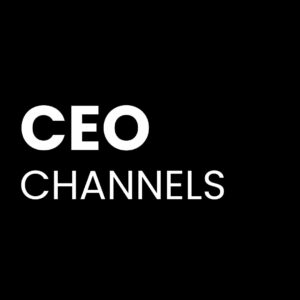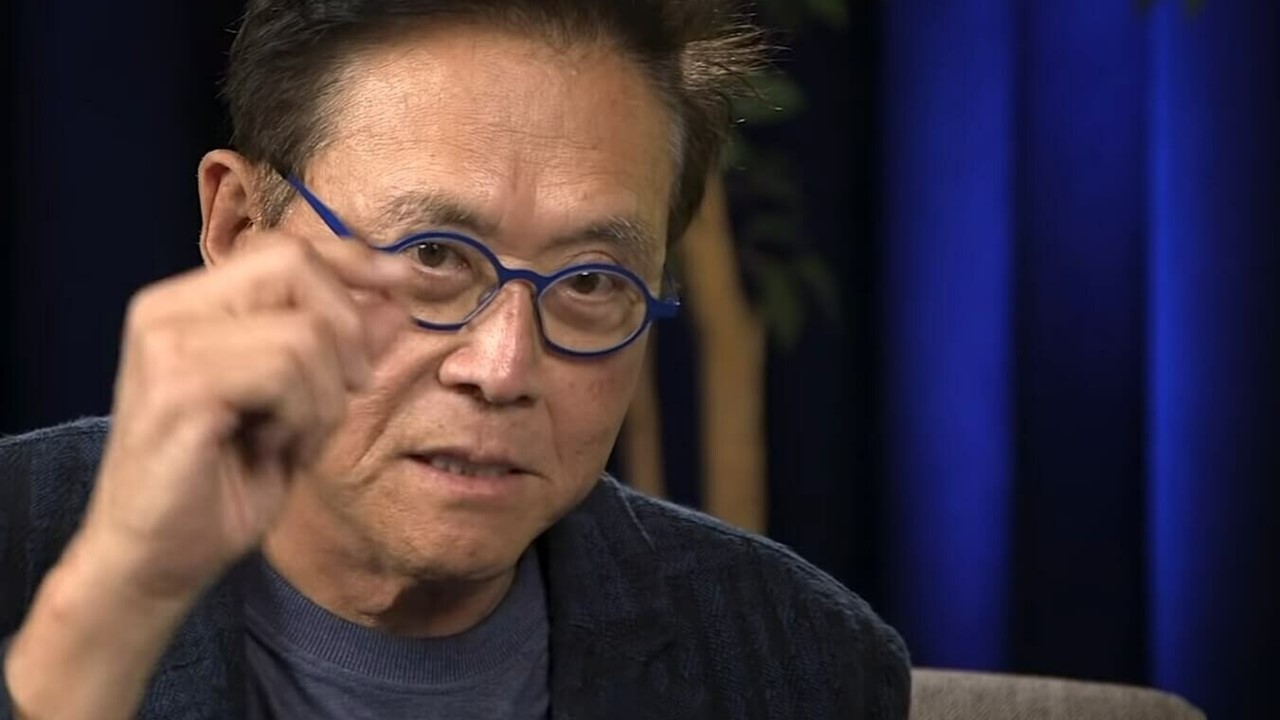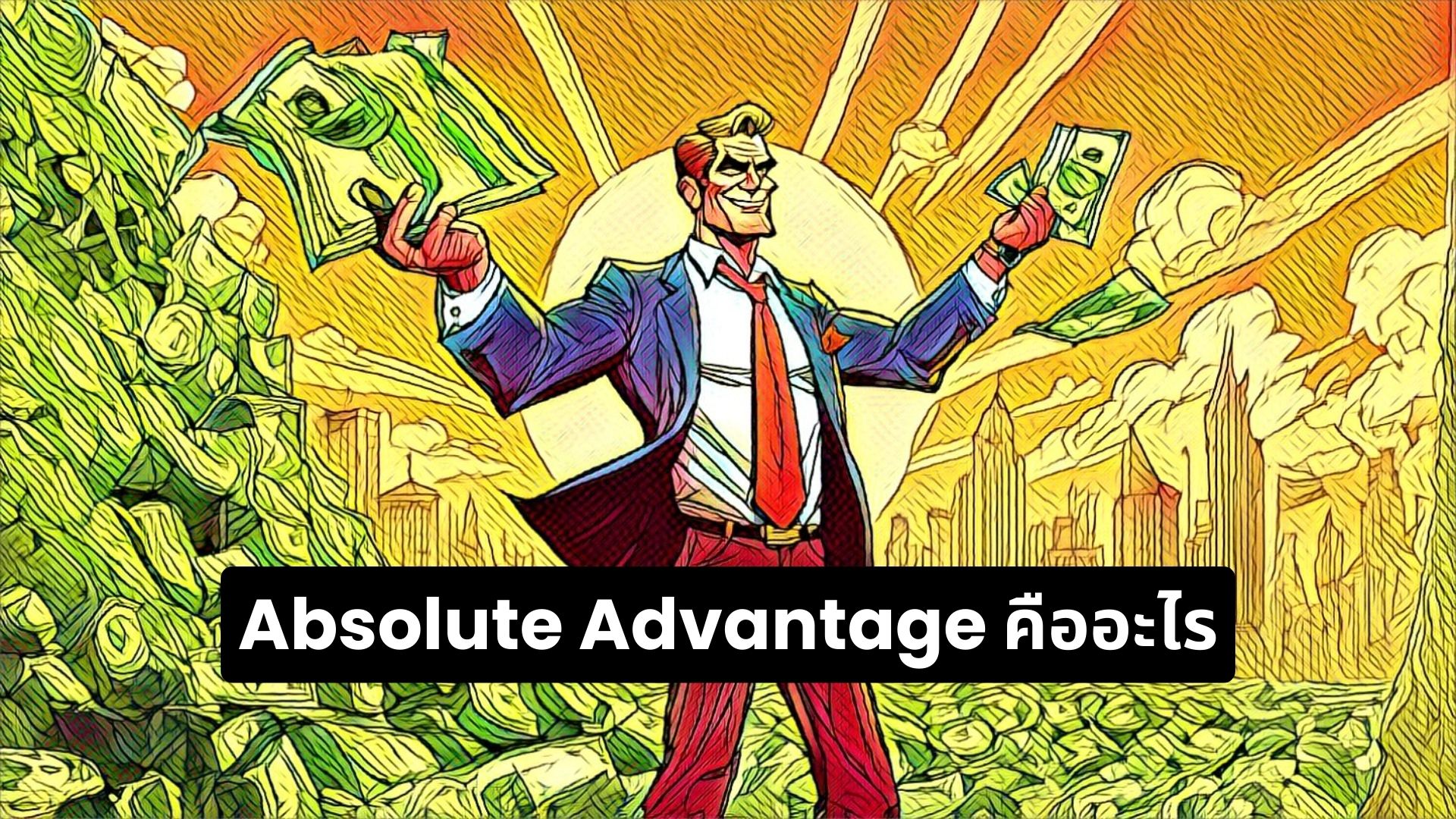Rich Dad Poor Dad by Robert Kiyosaki is a personal finance book that was first published in 1997 and has become a bestseller in many countries. The book presents Kiyosaki’s ideas about financial education and wealth creation, and it argues that traditional ways of thinking about money and investing are often flawed.
In this video, we will showcase the seven most crucial key lessons about a personal finance mindset that so many people in this world only start learning when they are already in a financial crisis. So if you learn these seven personal finance mindsets now, it will save you for the rest of your life!
Number 1. The rich don’t work for money
But instead, they understand the power of passive income and invest their money to work for them.
In other words, they focus on creating a financial situation where their investments generate income for them, without the need for active labor. This is in contrast to the traditional approach of exchanging time and labor for a salary or hourly wage.
By investing in assets that produce passive income, the rich are able to free up their time and energy to pursue other goals and interests. This is a first key principle of wealth creation and financial independence.
Number 2. Your home is not an asset
Robert Kiyosaki argues that a home is a liability because it does not generate income, but instead requires ongoing expenses such as mortgage payments, maintenance, and property taxes.
In contrast, assets are investments that produce passive income, such as rental properties or dividend-paying stocks. The idea is that assets put money into your pocket, while liabilities take money out of your pocket.
However, Kiyosaki wants you to understand that owning a home is a bad thing.
You only need to be able to determine the difference between assets and liabilities and to strive to build a portfolio of assets that generate passive income. This can help individuals achieve financial independence and reach their long-term financial goals.
Number 3. Don’t save, invest
Kiyosaki states that saving money in a traditional savings account is not enough to build wealth.
Traditional savings accounts often offer low interest rates, which means that the money in these accounts is not growing fast enough to keep up with the cost of living. In order to achieve financial independence and build wealth, individuals must seek out investment opportunities that offer the potential for higher returns, such as stocks, bonds, real estate, or businesses.
By investing their money in the right place, individuals can grow their wealth over time and create a secure financial future.
Number 4. The power of leverage
Rich Dad’s author advocates for using leverage, such as debt, to acquire assets and build wealth.
Leverage can be a powerful tool for building wealth because it allows individuals to acquire assets that they may not be able to afford otherwise. For example, by taking out a loan to purchase a rental property, individuals can generate passive income that is much greater than the cost of the loan payments.
The key to using leverage effectively is to use it to acquire assets that generate passive income.
The author argues that by using leverage in this way, individuals can build wealth over time, even if they do not have a large amount of capital to start with. However, the author also stresses the importance of being responsible and cautious when using leverage.
It is important to understand the risks involved and to have a solid plan for how to manage the debt.
Number 5. Focus on cash flow
The author stresses the importance of generating positive cash flow from investments to achieve financial freedom.
According to the author, the goal of wealth building is to generate positive cash flow from investments, so that the income from investments is greater than the expenses associated with those investments.
By focusing on cash flow, individuals can increase their overall financial stability and build a secure financial future. The author emphasizes that many people focus too much on the value of their investments, rather than on the amount of cash flow they generate.
He argues that it is much more important to focus on the amount of money coming in from investments, because this is what will ultimately determine financial stability and independence.
Number 6. Create multiple streams of income
Diversifying your sources of income can reduce financial risk and increase financial stability.
According to Kiyosaki, relying on a single source of income is a risky financial strategy, because if that source of income were to suddenly disappear, the individual would be in a difficult financial position.
In contrast, having multiple sources of income can provide a safety net and reduce financial risk. The author argues that creating multiple streams of income is a key component of building wealth and achieving financial independence.
This can include passive income from investments, such as rental properties or dividend-paying stocks, as well as active income from a job or business.
Number 7. Understand the difference between assets and liabilities
Kiyosaki explains that an asset is something that puts money in your pocket, while a liability is something that takes money out of your pocket.
For example, a rental property that generates passive income is considered an asset, while a mortgage payment on a personal residence is considered a liability.
The idea behind this key lesson is that by acquiring assets that generate passive income and reducing liabilities, individuals can improve their overall financial situation and create a path towards financial independence.
By understanding the difference between assets and liabilities, individuals can make informed decisions about how to allocate their resources and create a more secure financial future.
Conclusion
Kiyosaki’s Rich Dad Poor Dad emphasizes the importance of financial independence and the role that financial education can play in achieving it.
Financial independence is the ability to support oneself and one’s family without relying on a traditional job or government assistance.
According to the author, financial independence is a key component of overall personal freedom and provides individuals with the ability to live their lives on their own terms.
You might also like : How Buffett Invest in A Recession 2023







